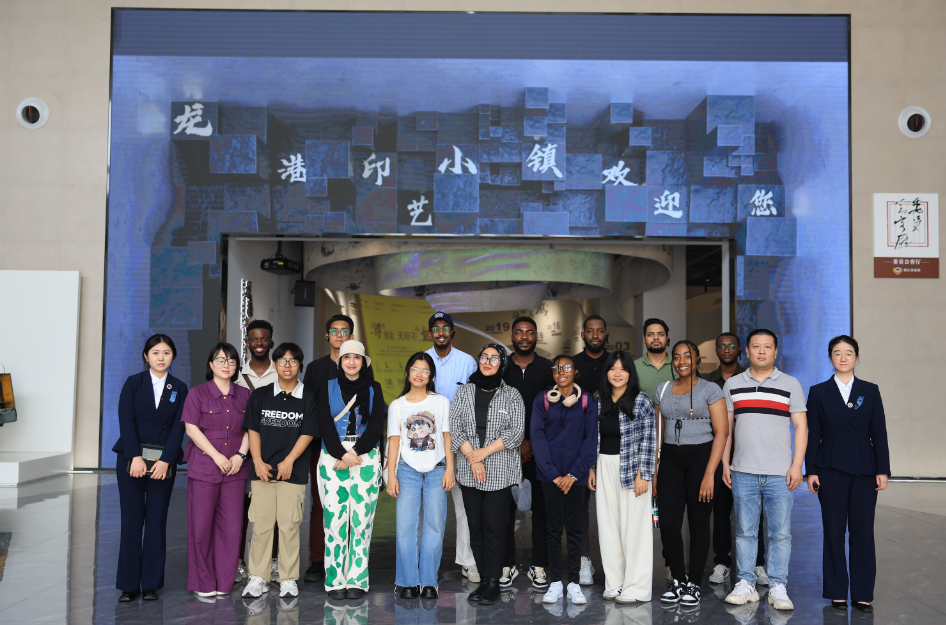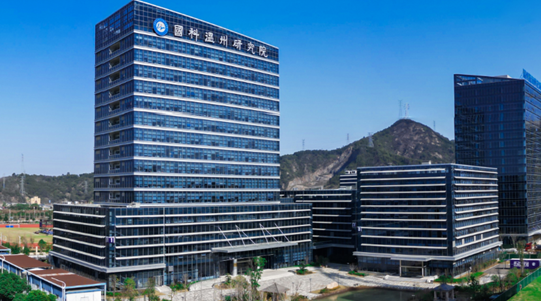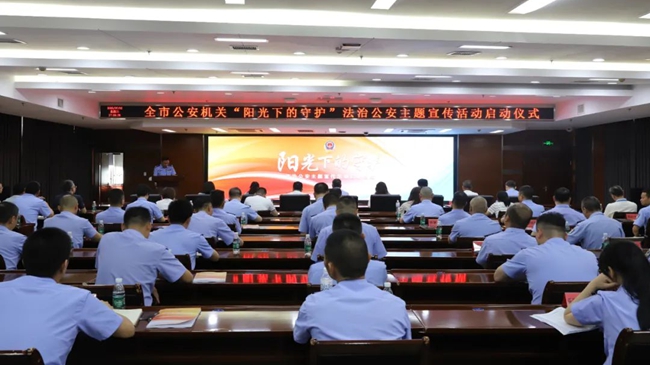Longgang’s Printing Legacy Wows Foreign Friends: A Model of Urban-Industrial Fusion
时间:2025-07-10 16:09:57 来源 : DiscoverWenzhou 作者 : ZhongXin
Recently, the Longgang Print Art Town Living Room was filled with an international atmosphere as students from Wenzhou Medical University hailing from Yemen, Ghana, India, and other countries, along with Youssra, an English teacher from Morocco, visited to learn about Longgang's printing industry. Their astonishment grew as they touched the metal movable type on letterpress machines."These machines are like time capsules, showing us how a city evolved from a small printing workshop into a modern metropolis," wrote one medical student in their visit notes. This unique cultural experience unexpectedly became a vivid window for observing the integration of urban and industrial development in China’s county-level economy.

International students in Longgang Print Art Town
The Legend of Urbanization Forged in Movable Type
"When it was established in 1984, Longgang was just a fishing village with only 6,000 inhabitants," explained the guide, pointing to a faded copy of the report proposing the establishment of Longgang Town. According to records from the Longgang City Archives, local farmers accumulated their initial capital through family-run printing workshops. By 1993, there were already 2,800 printing enterprises forming a unique'front store, back factory' industrial ecosystem.
A student from Ghana paid particular attention to a set of statistics: In 2003, when Longgang received its national title as'China’s Printing City,' the annual output value of the printing industry accounted for 67% of the town's GDP."In my hometown, resource-based cities often face risks due to a single industry. However, Longgang's printing industry has spawned a complete industrial chain including design, logistics, and more," she remarked after the tour.
Photos of'China’s First Farmer City' drew crowds in the exhibition hall. The guide explained that the secret to Longgang lay in the simultaneous growth of industry and city—agglomeration of printing companies gave rise to specialized markets, population influx spurred public service construction, which in turn supported further industrial development. This symbiotic effect between printing industry clusters and urban construction is termed by research institutions as a unique path of“market-driven urbanization” and a mechanism where“industry and city grow together.”
Urban Fabric Shaped by Printing Heritage
In the creative packaging exhibition area, Youssra from Morocco showed great interest in biodegradable tea packaging boxes and creative round fans. These green products epitomize Longgang’s'Printing+' strategy. Data from the Municipal Bureau of Economy and Information Technology shows that in 2024, the output value of environmentally friendly packaging materials increased by 32%, accounting for 38% of relevant patent authorizations in Wenzhou’s same industry.
Indeed, Longgang’s urban planning itself bears the imprint of its industrial heritage. From a bird’s-eye view, printing elements are omnipresent. The"Longgang City Organic Renewal Special Plan (2023-2035)" explicitly proposes to"create a landscape-rich charming city," requiring public spaces to highlight urban characteristics. This concept of integrated urban-industrial development is embodied in designs such as the co-construction of a printing museum and civic square, and the provision of talent apartments within industrial parks.
Empowering Harmonious Rural Development
The printing industry absorbs over 100,000 people from surrounding villages. Linjia Yuan Community has transformed fishermen into cultural inheritors through intangible cultural heritage techniques like'Lóngké.' Printing companies are also advancing towards green production through equipment and technological innovations.
Pursuing innovation while developing sustainably, green production highlights Longgang’s new productivity in the printing industry, empowering harmonious rural development.
At the end of the event, students left comments reflecting that industry and city can blend like ink and paper. Urban-industrial integration is not merely a physical overlay but resembles multi-color printing, where each layer contributes to the final splendid picture.(ZhongXin)


